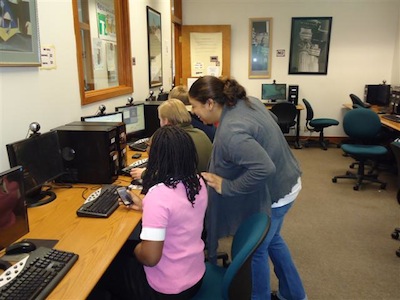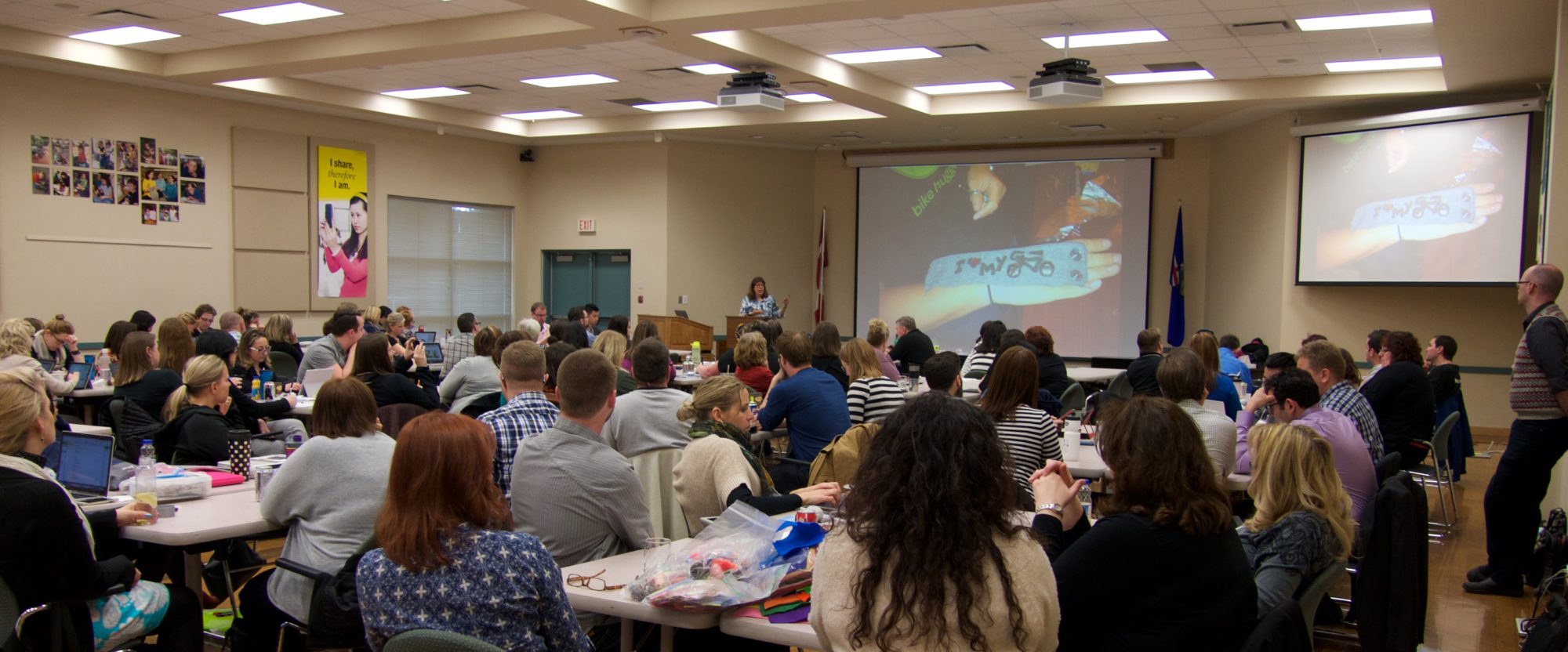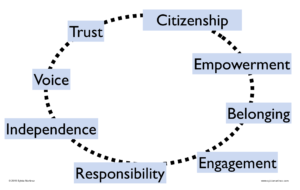More often than not when I hear about some wonderful teacher or promising educational innovation there is an immediate reaction of “well, that’s not scalable.” It’s a knee-jerk reaction, especially for Americans. We believe in big. We believe that bigger is better, from highways to space stations, and we need to do it at a large scale. This expansion and replication by being the biggest and bestest is seemingly in America’s DNA.
But it often strikes me that the best and most ingenious solutions to human problems are not large scale. They rely on personal relationships at the core. One person making the right decisions and making things happen.
For example, If you think about the problem of people getting the food they need – low cost, delicious, nutritious food – there are many local community farm to table programs that have had tremendous success. These programs encourage people to grow their own food. Better yet, they empower them not only to participate in the farming of food, but to form a supportive community that cares about feeding the hungry, how to get the food to those people, attention to nutrition, teaching, and more.
People are empowered when they have control and choice, and the when solution to eat properly comes from themselves and people they know and trust, it’s a better solution.
So, great! We have a solution – now, the big question – how does it SCALE?
Well, it’s not obvious.. should we recreate necessary infrastructure – the pieces and parts? Can we document the process of making a local farm to table program, interview participants, determine best practices, create instruction manuals and worksheets? Should we then we then hire a bunch of people who go into positions of authority in new areas to recreate the program?
Do you see a problem? I do…
Not everything scales the same way. Just like an ant would be crushed under it’s own weight if it were the size of elephant, not every process, practice, and program can survive a “scaling up” process that is based on replication. It disempowers the individual, and tends to create uninteresting meals that people wouldn’t want to eat anyway.
What’s gone wrong is the assumption that scaling requires replication. But we need models, you say? How would the “clones” know what to do without being told?
And therein lies the problem. The empowerment is what needs to be replicated, not the procedures.
The way to solve a big problem is not to duplicate small solutions, it’s to allow new small solutions to flourish, all slightly different because humans are different, communities are different, and that’s ok. In fact, that adaptability is what makes them work. It’s what distinguishes human solutions from bureaucratic solutions.
The answer to “is it scalable?” must be yes – if you allow the central core, the “what” to remain small, adaptable and nimble.
Last year when I was at TEDxNYED, there were lots of great talks, but the comments I heard afterwards all were about scaling. Why can’t every classroom be an incubator of science discovery like Brian Crosby’s? Why can’t at-risk kids build amazing robots like in Gary Stager’s classroom in that Maine youth prison?
What we are told is that you can’t guarantee that every teacher is a Brian or a Gary, that these few and far between “magic teachers” are required to make these miracles happen.
But it’s just not true. We are looking down the wrong end of the telescope at this problem. The problem is that we think that what these people do, and who these people are is the secret ingredient that must be replicated. That’s not the way. What needs to be replicated is empowering new people to take up the reins and try it their own way, to follow these pioneers and make it on their own, in their own way.
The mistake is thinking the scalability is replication, when it’s empowerment.
But you know what comes next. “What makes America great is how we scale up! Big problems need big solutions! We built the highway system across the continent, put a man on the moon, etc. Schools are broken and we need a big solution and we need it now!”
Not every problem is a moon shot or a highway. I know we love to compare everything to the U.S. highway system. But think about it, the highways are not monolithic, every offramp has to be individually designed to fit into the existing cities, roads and natural elments. No one in their right mind would design a single offramp and expect it to work for every exit from east coast to west.
And in schools, where the learning is constucted anew each and every day, we can’t expect teachers to use the same methods as every other teacher. The highway planner can design an overpass once and it will remain in place for decades. The teacher has no such luxury. Learning opportunities can’t be designed once and delivered endlessly. The human mind of the learner is a constantly growing, changing entity, not an empty uncaring slab on which to chisel. It’s not the same, not in the least, and certainly not as an example of “scaling.”
If we expect to scale up these kinds of examples of student learning, students have to be empowered. And for students to be empowered, you have to empower teachers. That’s the ONLY way to scale up a real solution for America’s schools.
Sylvia
 Recently, MIT App Inventor featured a story about Pauline Lake, a Trinty College student in Connecticut who developed and runs an app invention class for high school students. Curious, I gave Pauline a call and we talked about her idea and how the class has run.
Recently, MIT App Inventor featured a story about Pauline Lake, a Trinty College student in Connecticut who developed and runs an app invention class for high school students. Curious, I gave Pauline a call and we talked about her idea and how the class has run.



